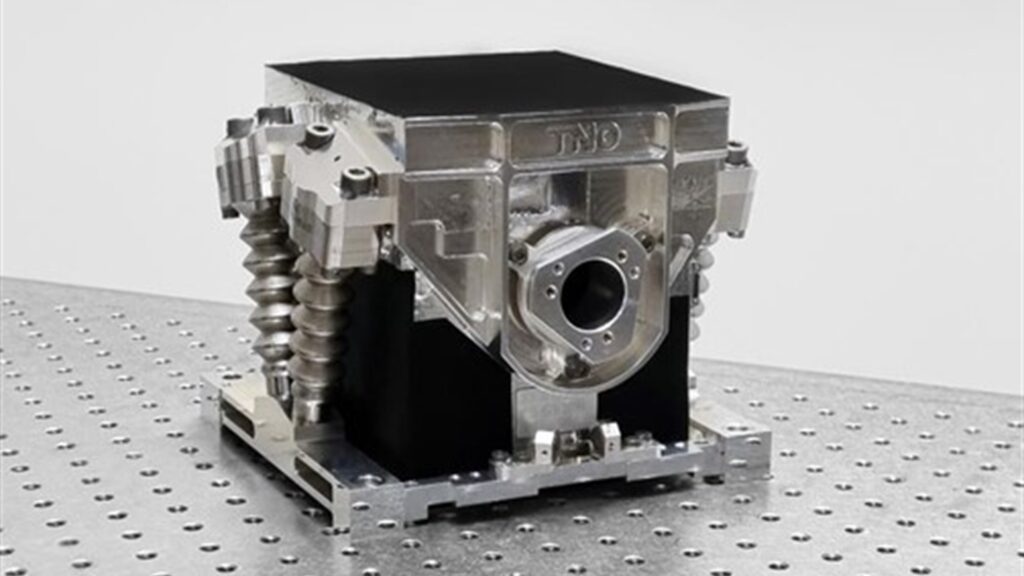In a groundbreaking development in space communication technology, AAC Clyde Space, in collaboration with TNO and other partners, has successfully demonstrated the functionality of a compact laser satellite communications terminal called SmallCAT in Low Earth Orbit (LEO). This achievement is a significant step in validating laser satellite communication technology under the challenging conditions of spaceflight.
AAC Clyde Space, a player in small satellite technology, played a crucial role in contributing essential electronics and firmware to the laser communication terminal. This collaboration highlights the company’s commitment to remaining at the forefront of space tech development. Luis Gomes, CEO of AAC Clyde Space, emphasized the increasing demand for direct laser communication between satellites and Earth, serving various sectors. Gomes stated that this accomplishment points towards the future of space-based communication and aligns with the strategic direction of the company.

The development of the SmallCAT satellite communication terminal was a joint effort led by TNO. AAC Hyperion, a subsidiary of the AAC Group based in the Netherlands specializing in optical communications, was responsible for the onboard electronics, drivers, and software. The laser transmitter was contributed by Gooch and Housego. Financial support for the project came from the Netherlands Space Office (NSO) through the ESA ARTES ScyLight Programme and the Dutch Ministry of Defense’s innovation budget, with additional co-funding from TNO.
A notable aspect of the project was the delivery of AAC Hyperion’s gigabit detector, the GD200, for the optical ground station in The Hague. This ground station successfully detected signals from the SmallCAT terminal aboard the Norwegian NORSAT-TD satellite, which was launched in April 2023. This successful detection demonstrates the capabilities of the terminal and the effectiveness of the technology in real-world space conditions.
In response to the increasing commercial and governmental demands for high-quality and timely data from space, AAC Hyperion, along with its Dutch partner FSO Instruments, is commercializing a version of the laser communication terminal called CubeCAT. CubeCAT, measuring just 10 x 10 x 10 cm and weighing 1.3 kg, is specifically designed for use on nano satellites, providing a compact and efficient solution for space communication.
The use of laser communication technologies in space has gained traction as an alternative to traditional radio-frequency communication. Laser communication operates in the infra-red wavelength band, avoiding the limitations of standard radio frequency technologies and significantly increasing the transmission capabilities of satellites by factors of 10 to 100. Additionally, laser communication links offer enhanced security features. The reduced size, weight, and power requirements of laser communication systems are crucial benefits in the space sector, where efficiency is highly valued.
As the demand for space-based data continues to rise, advancements like AAC Clyde Space’s deployment of the SmallCAT laser terminal herald a new era in space communication. This long-awaited technology has the potential to revolutionize how data is transmitted from space to Earth, offering faster, more secure, and more efficient communication solutions.


 Copyright 2023 All rights reserved.
Copyright 2023 All rights reserved.